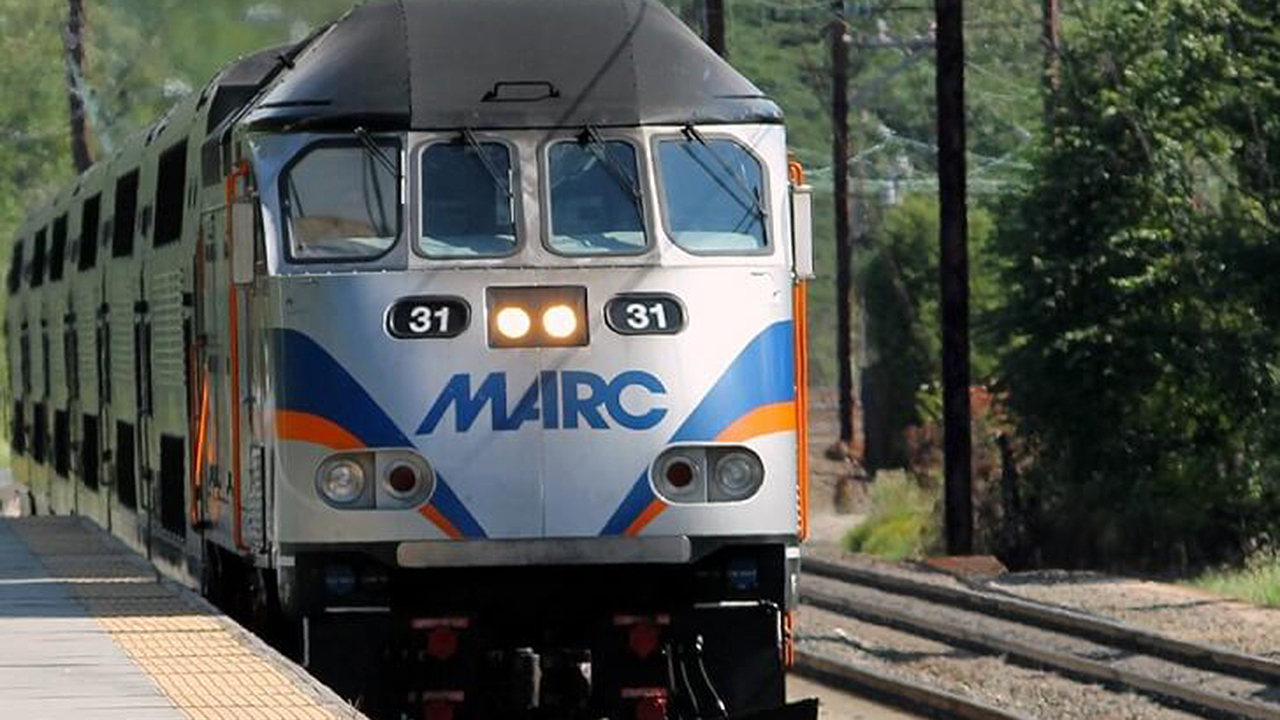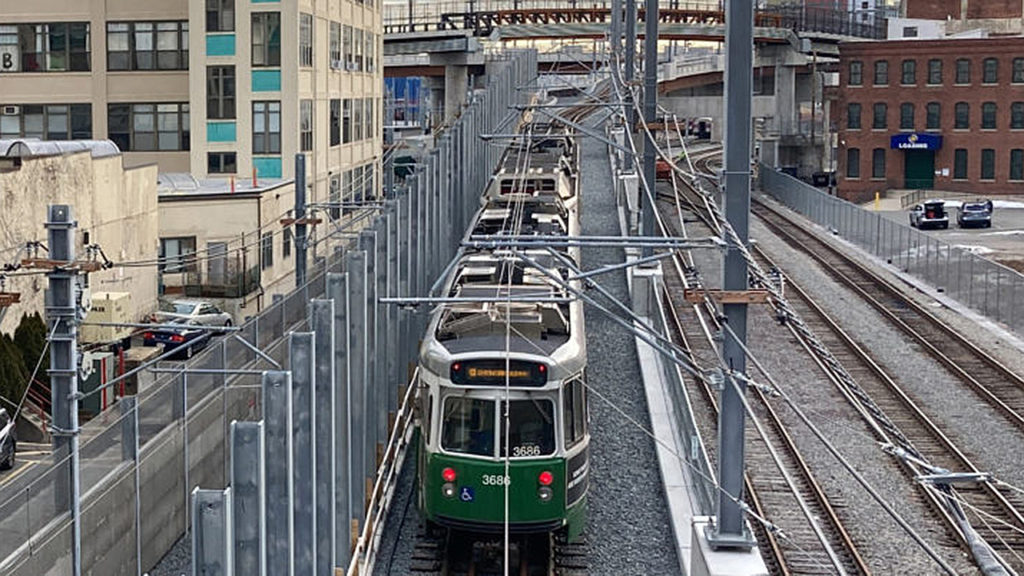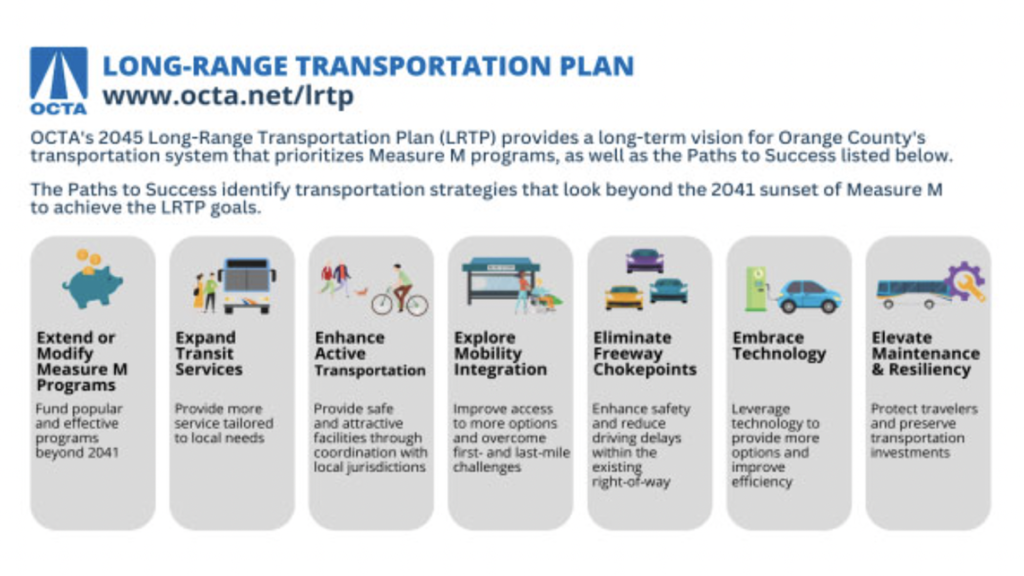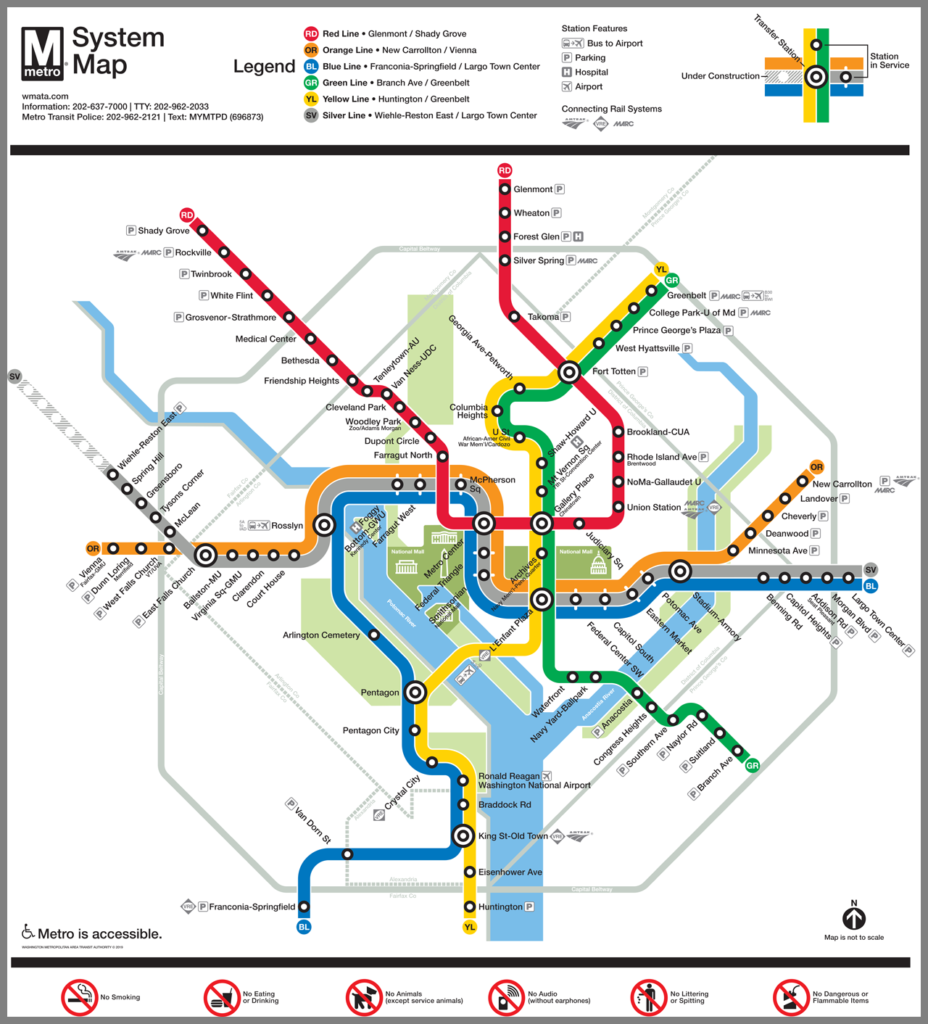
Transit Briefs: Maryland DOT MTA, MBTA, NYMTA, OCTA, WMATA
Written by Marybeth Luczak, Executive Editor
Maryland DOT MTA has reached an agreement with the Amalgamated Transit Union Local 1300 to decrease the amount of time it takes for rail and bus operators to achieve higher pay rates and ultimately advance to the top rate for their jobs.
The Maryland Department of Transportation Maryland Transit Administration (Maryland DOT MTA) updates its rail and bus operator pay structure to boost recruitment. Also, Massachusetts Bay Transportation Authority (MBTA) submits a revised track worker safety plan to the Federal Transit Administration (FTA); New York Metropolitan Transportation Authority (MTA) will test safety doors on subway platforms; Orange County (Calif.) Transportation Authority (OCTA) unveils a $57.3 billion long-range transportation plan; and Washington Metropolitan Area Transit Authority (WMATA) launches income-qualified reduced fare program.
Maryland DOT MTA on June 5 reported reaching an agreement with the Amalgamated Transit Union Local 1300 to decrease the amount of time it takes for rail and bus operators to achieve higher pay rates and ultimately advance to the top rate for their jobs. The new structure took effect May 21.
The agreement includes a nearly 10% increase in the starting wage for all newly hired rail and bus operators, according to Maryland DOT MTA, which runs light rail, metro subway, MARC (Maryland Area Rail Commuter), local bus, commuter bus, and mobility paratransit services. Rail operator wages will rise from $24.62 to $26.84; bus operator wages will increase from $22.62 to $24.84. Current rail and bus employees will also receive increases in accordance with their years of service in addition to cost-of-living adjustment adjustments scheduled for July 1, the transit agency said. The new structure means operators will earn top rate after only three years with Maryland DOT MTA.
“Having a competitive pay structure is critical to growing our operator workforce,” Maryland Transit Administrator Holly Arnold said. “We are committed to improving the transit experience and more operators will help us to provide the level of service our riders deserve.”

MBTA on June 5 submitted by deadline a revised “Right of Way (ROW) Rules Compliance and Safety Work Plan” to the FTA, after the federal agency deemed the original plan “insufficient.”
According to a State House News Service report, under the new plan the transit agency will “pilot new ‘worker ahead’ warnings on some of its subway tracks, revise its radio communications about employees on the rails, amend training for dispatchers and more.”
MBTA this summer will test “a new signage program flagging when workers are ahead of trains in the Green Line’s central tunnel,” the news service said. MBTA General Manager Phil Eng wrote in a letter accompanying the revised plan that the location was chosen “because ‘a majority of the near miss incidents’ that generated concerns ‘took place near Copley Station,’” according to the news service.
“Several changes were already underway before the Monday deadline for the updated work plan, T officials said, including a new employee schedule that places more senior dispatch supervisors on overnight shifts—when most track construction and maintenance work takes place—and another pilot program providing ‘power maps’ to help monitor locations of individual workers on Blue Line tracks,” the State House News Service reported.
An FTA spokesperson told the news service that “FTA has identified action items and timelines for needed safety improvements and expects MBTA to complete the required actions to prioritize the safety of passengers and transit workers.”
For more, read Railway Age Contributing Editor David Peter Alan’s report: FTA Rejects MBTA Safety Improvement Plan

New York’s NBC affiliate on June 5 reported that MTA will test platform safety doors at three subway stations: Times Square (7 line), 14th Street and Third Avenue (L line) in Manhattan, and the Sutphin Boulevard-Archer Avenue station (E line) in Queens.
Pilot barriers have already been installed at the 57-7th Avenue station “in the center of the platform to provide protection against a rider being pushed from behind,” according to NBC News 4. “But the new subway doors will span the length of the platform.” MTA did not provide an installation timeline and has not yet selected a manufacturer.
“MTA Chair Janno Lieber previously told News 4 that the platform doors project will cost more than $100 million and will likely be years to develop and deploy,” the media outlet reported. “The pilot project is moving through the procurement process, the transit agency said.”
OCTA on June 5 reported that the Board of Directors approved its long-range transportation plan (see above). The agency develops a plan every four years, taking into consideration changing demographics, anticipated growth in travel demand, shifting travel patterns and emerging technology.
The Directions 2045 plan, OCTA said, establishes transportation priorities and addresses five key factors likely to influence planning for the next 20 years, including:
- Growing travel demand and a built-out roadway system.
- Evolving travel needs.
- Increasing climate-related risks.
- Changing funding with the sunset of the Measure M half-cent sales tax in 2041, which supports OC Streetcar construction, Metrolink commuter rail station improvements, and other transportation projects.
- Ensuring a fair and equitable transportation system for all.
The plan also identifies “Paths to Success” to address those key factors:

According to OCTA, the funding needed to carry out the plan is projected at some $57.3 billion, while revenues for transportation between now and 2045 are estimated at $52.4 billion. Since that leaves a shortfall of about $5 billion, the plan recommends developing a strategy to identify funding sources that could offset the 2041 sunset of the Measure M transportation sales tax, the agency reported.
The plan will now be submitted to the Southern California Association of Governments, where it will serve as Orange County’s input into the Regional Transportation Plan, the guiding document for regional transportation planning in Southern California.
Separately, OCTA is now inviting high school students to apply for its Teen Council, and was recently awarded $45 million from the California State Transportation Agency for its Central Mobility Loop and Coastal Rail Corridor Relocation Study projects.

WMATA on June 20 will launch an income-qualified reduced fare program, providing a 50% discount for any travel on Metrorail and Metrobus. Riders in Washington, D.C., Maryland and Virginia who qualify for the U.S. Department of Agriculture’s Supplemental Nutritional Assistance Program (SNAP) are eligible for free enrollment in the new Metro Lift program, which was approved by the WMATA Board as part of the fiscal year 2024 budget.
The fare discount will be valid for one year after enrollment.
WMATA said the program, which follows a successful pilot, will be added to its other reduced fare program offerings, such as U-Pass and Senior SmarTrip®.
The agency noted that an estimated 471,000 people receive SNAP benefits across the region, including riders already enrolled in other reduced fare programs. Those riders will continue to receive the same discounted fares and need not enroll in the Metro Lift program.


